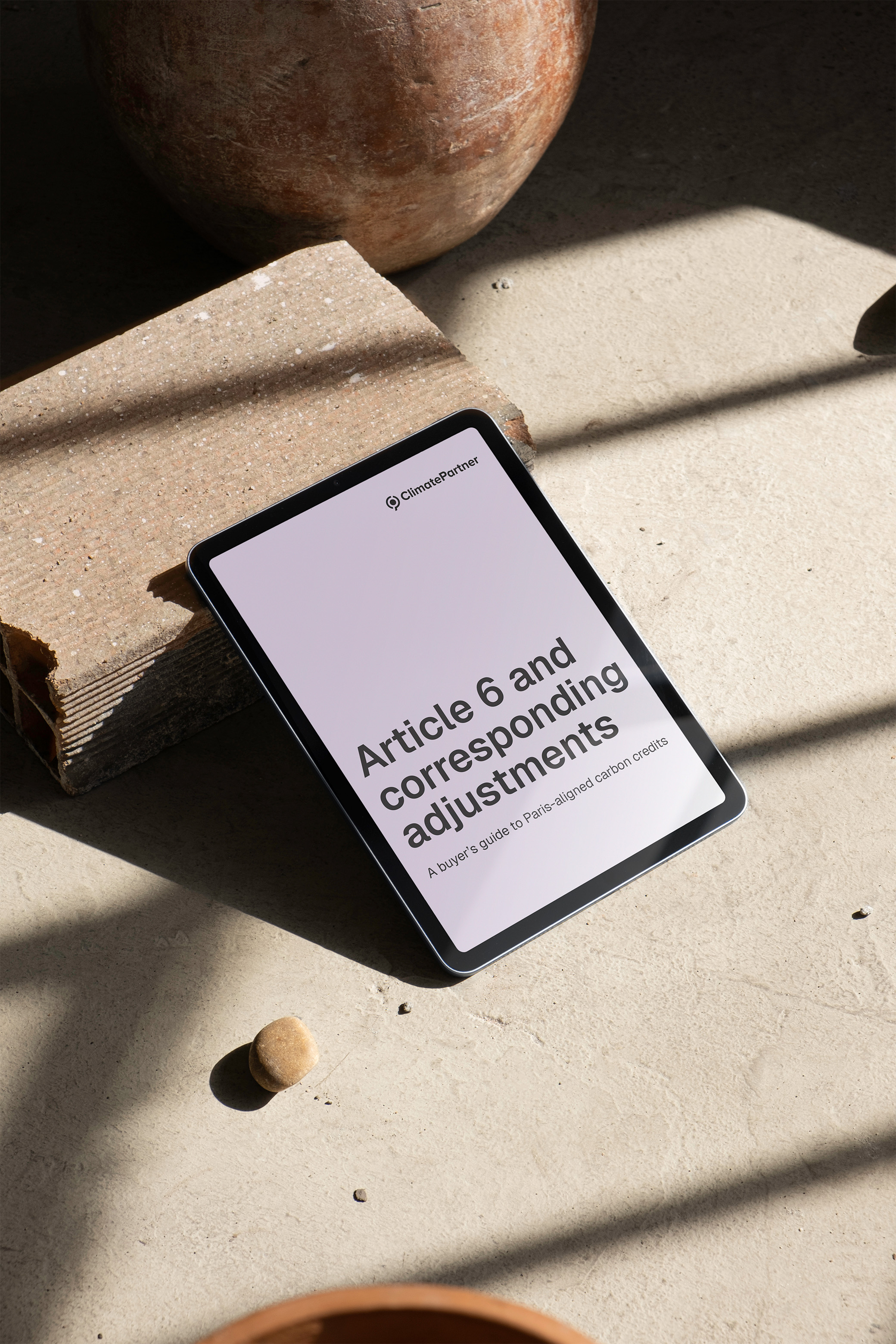The voluntary carbon market (VCM)
What is the voluntary carbon market?
The voluntary carbon market (VCM) has emerged alongside the compliance market to enable companies and individuals to take responsibility for their emissions. This is done by financially supporting climate projects by trading and purchasing Verified Emission Reductions (VERs) on the VCM. The United Nations Framework Convention on Climate Change (UNFCCC) forms the basis for this form of voluntary carbon offsetting.
How does the voluntary carbon market work?
Carbon offsetting is based on the understanding that greenhouse gases such as CO2 are distributed evenly in the atmosphere, so their concentration is approximately the same everywhere in the world. Where on earth emissions are caused, avoided, or reduced is irrelevant to global greenhouse gas concentrations and the greenhouse effect. Residual emissions can thus be offset by financing climate projects at another location.
To make this possible, activities to reduce or avoid CO2 must be quantifiable. One VER corresponds to preventing the release of 1 tonne of CO2 equivalent (CO2e) emissions.
VERs are issued by certified climate projects, which are verified and registered according to international standards. VERs are managed with a unique ID in the registries of voluntary market standards, such as the Gold Standard (GS) and the Verified Carbon Standard (VCS). These standards have regularly evolved the applied methodologies for climate project technologies over time, according to scientific findings and considering public comments.
In addition, to be listed on the VCM, climate projects must always meet four main criteria: additionality, permanence, the avoidance of double counting, and regular independent audits.
How big is the voluntary carbon market?
On the voluntary carbon market, VERs for about 1.8 billion tonnes of CO2e had been issued as of May 2023. To put it in perspective, this is slightly higher than the annual emissions of Germany and Japan combined, according to the EU. The number of retired credits is roughly half this number, as not all issued VERs have yet been purchased.
How does the voluntary carbon market differ from the compliance carbon market?
In addition to the voluntary carbon market, there is also the compliance market for carbon trading. Compliance markets for emissions or emission reductions are created and managed by international, regional, and national institutions. One of these is the Clean Development Mechanism (CDM). It was created in 2006 based on the Kyoto Protocol and developed as a market mechanism to reduce greenhouse gas emissions at the national level. It was the first global standard to make emissions reductions quantifiable through CERs (Certified Emission Reductions).
Learn more about the voluntary carbon market and visit the ClimatePartner Academy.
